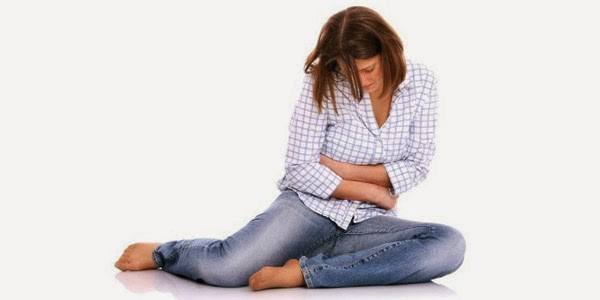Saddle-shaped uterus

With saddle-shaped uterus, a slight indentation in the form of a saddle forms on the outer surface of the bottom of the organ.
In gynecology, of the total number of uterine anomalies, saddle-shaped ones account for about 23% of cases.
The degree of separation of the bottom of the uterus into two horns can be different: widening of the transverse size, flattening of the bottom, slight divergence of the bottom of the two horns.
In all cases, the shape of the uterus in transverse section resembles a saddle.
What are the symptoms?
Until pregnancy occurs for the presence of a saddle-shaped uterus it is possible not to assume.
Insignificant saddle-shaped deformation of the bottom of the uterus does not prevent the occurrence of pregnancy, does not create complications during the growth of the fetus and during delivery.
With more pronounced changes, there may be a risk of spontaneous abortions, placental pathology – low or lateral position, placenta previa or premature detachment, transverse or breech presentation of the fetus and premature birth.
In the process of childbirth, the saddle-shaped uterus can be a factor in the abnormal course of labor – weakness or lack of coordination.
Often, with a saddle-shaped uterus in obstetrics, a caesarean section is used. Anatomical and functional deficiency can cause postpartum hemorrhage.
In the absence of adequate monitoring during pregnancy, the risk of perinatal mortality increases. In cases of severe deformation of the uterine fundus, primary infertility can be observed.
What are the causes?
The saddle-shaped deformity of the uterus is formed in the period between 10-14 weeks of embryogenesis in the process of fusion of the mesonephric tubules.
In the stage of embryonic development, the uterine cavity initially consists of two uterovaginal cavities, separated in the middle by a sagittal septum.
At the time of the birth of the female fetus the septum is gradually resorbed, that is, initially the bicornuate uterus takes an initially saddle-shaped shape, and subsequently the normal one – pear-shaped, single-cavity.
In cases where the processes of the formation of the uterus are not completed at the time of the girl’s birth, the depression in the area of the uterine fundus remains, which leads to the congenital deformation of the uterus.
In addition to the separation of the fundus in the saddle-shaped uterus, there is always an overall expansion of the organ.
The causes of dysembryogenesis and the formation of the saddle-shaped uterus can be various adverse factors, disrupting the proper formation of organs during pregnancy: maternal intoxication /alcohol, nicotine, narcotic, medicinal, chemical/, vitamin deficiency, stress, endocrinopathies /thyrotoxicosis , diabetes mellitus/ and heart defects.
Infectious diseases during pregnancy have an extremely adverse effect on organogenesis – measles, influenza, rubella, syphilis, toxoplasmosis, etc.
It is possible that the course of pregnancy under conditions of toxicosis and chronic hypoxia of the fetus contribute to the formation of defects in the shape of the uterus.
Treatment of saddle-shaped uterus
Surgery is applied only in case of impossibility of conception and in the absence of other reasons for this or multiple miscarriages.
Reconstruction of the uterus is often performed during hysteroscopy in a natural way without incisions. After the correction of the congenital defect, the chances of a normal course of pregnancy increase tenfold.
Patients with a saddle-shaped uterus must be carefully monitored by an obstetrician-gynecologist during the first trimester of pregnancy, follow all the recommendations given to them, and in the event of minimal deviations, immediate hospitalization is mandatory.



